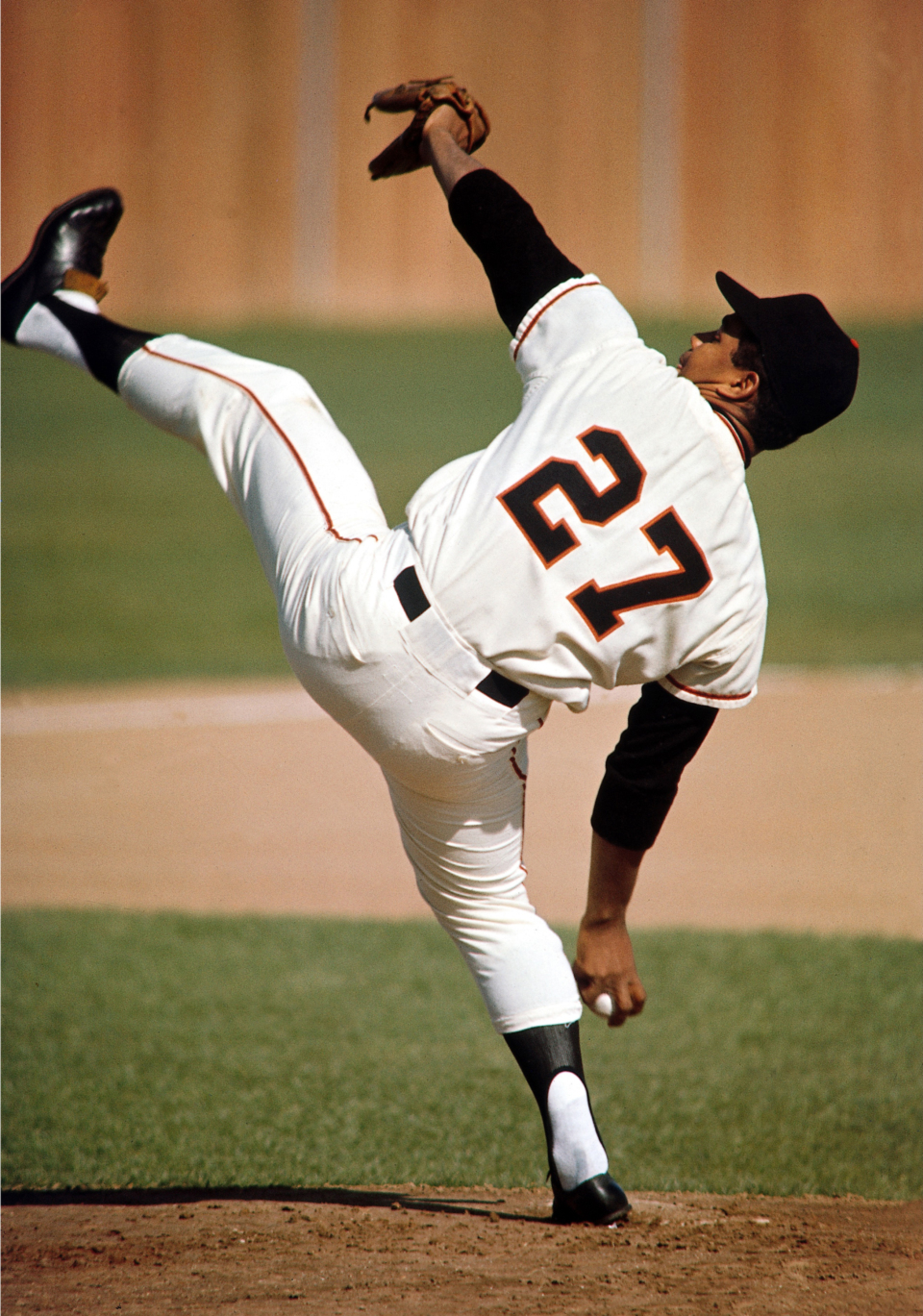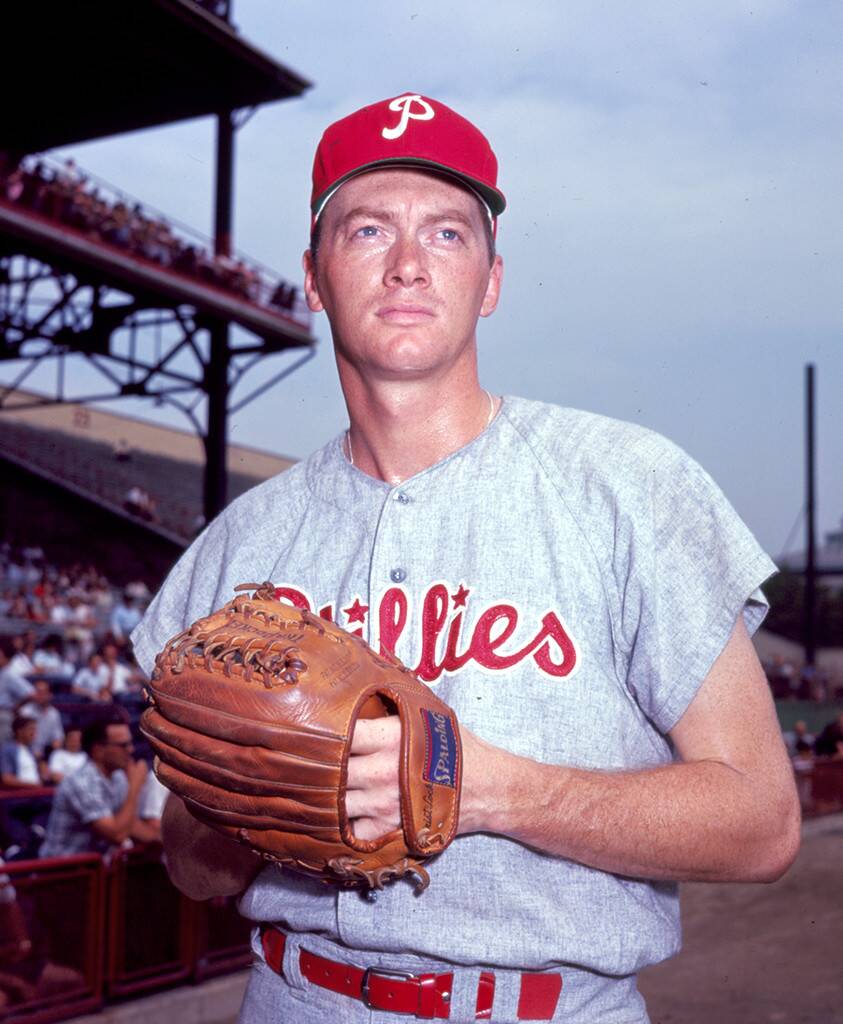Juan Marichal Was The Jacob deGrom of 1966!
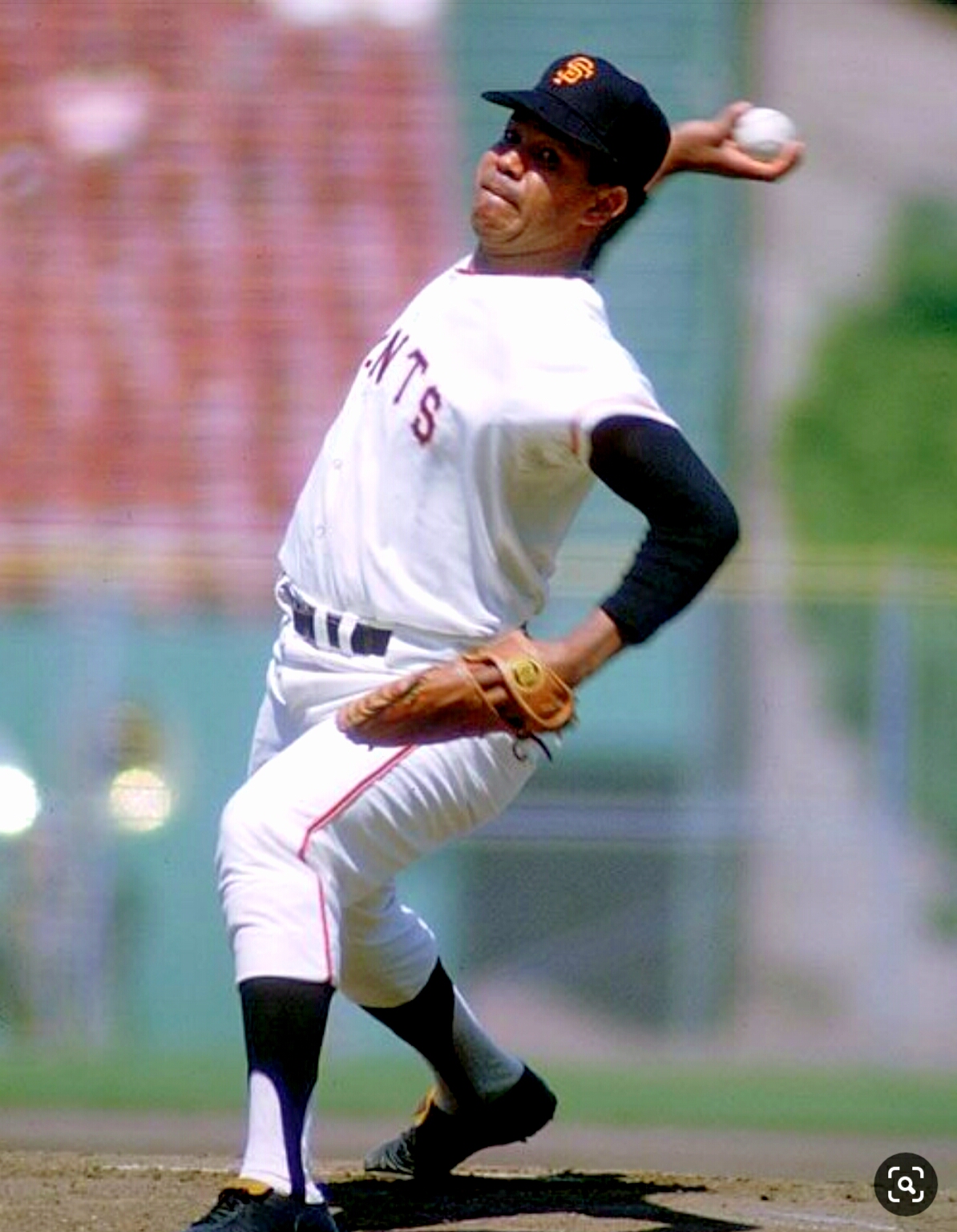
Jacob deGrom is having a phenomenal season dominating hitters with his 100 MPH stuff and baseball’s writers are rightfully gushing over his amazing first three months of dominance. However, there’s one thing that really aggravates me about their gushing over deGrom’s accomplishments. When they compare deGrom to the great pitchers of the 1960’s they invariably mention Sandy Koufax and Bob Gibson. Of course, I realize these two Hall of Fame pitchers deserve comparison to deGrom. But, it steams me that these baseball scribes fail to mention the best comparable pitcher from the 1960’s to deGrom’s start to the 2021 season … Juan Marichal!
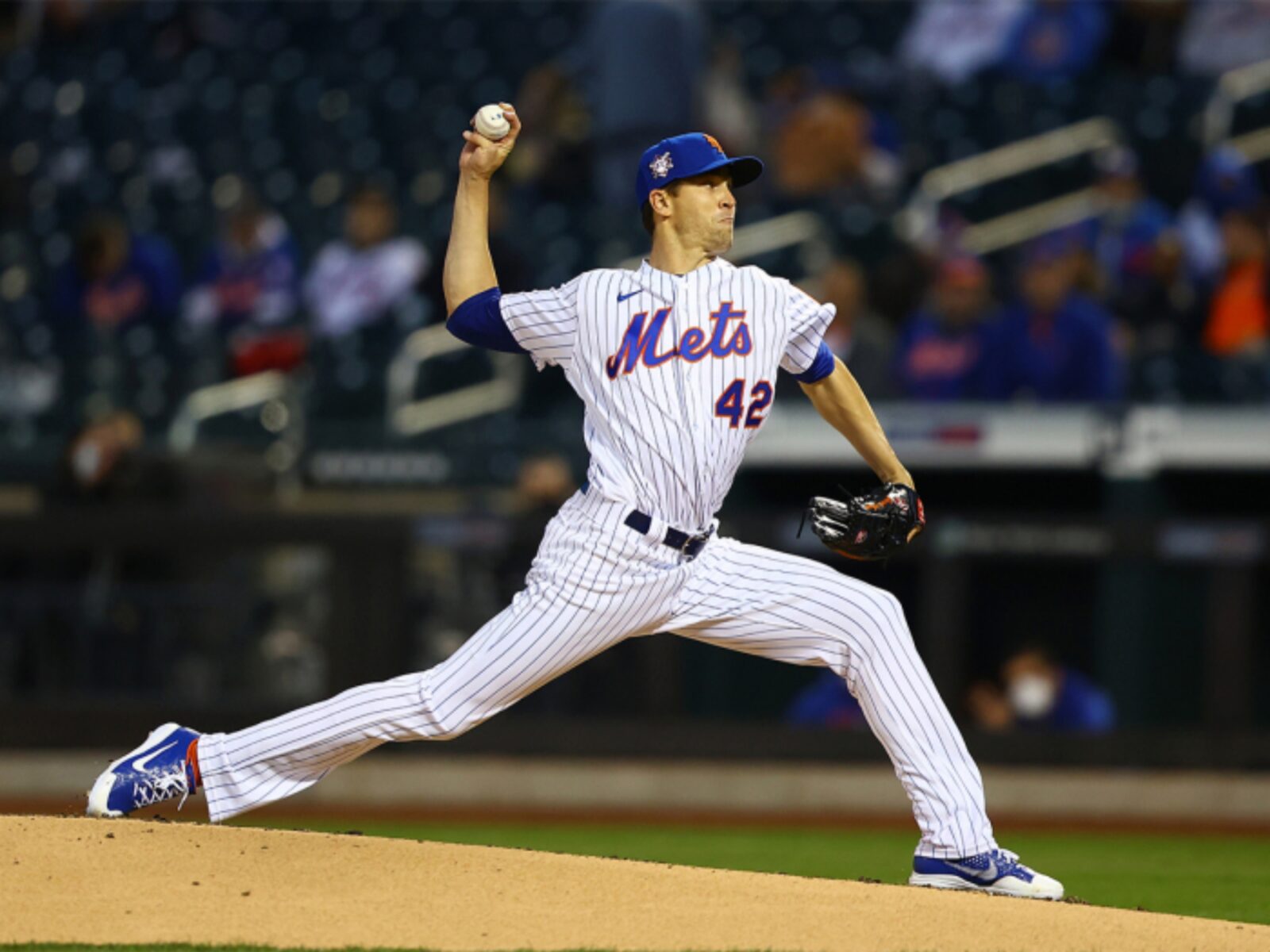
Fifty five years ago in 1966 Marichal started his season arguably better than deGrom this season. The Dominican Dandy, Marichal’s nickname, began the 1966 season with a dominating two months that Koufax and Gibson never matched. At the end of May 1966 Marichal had these unbelievably gaudy statistics: Win/Loss 10-0, Innings Pitched 101, Hits Allowed 58, Complete Games 9, Shutouts 4, Strikeouts 69, Walks 11, ERA 0.80!
In researching pitchers since 1960 who pitched 101 or more innings in 11 starts to begin the season with an ERA 2.00 the results were surprising. Only two pitchers have accomplished it, one is Marichal with his amazing 0.80 ERA, of course, the other hurler was Gaylord Perry with a 1.42 ERA in 1974 for the Cleveland Indians. Gaylord was also one of my Giants childhood heroes and I was extremely upset when he was traded to the Indians for Sam McDowell after the 1971 season. Here’s a graphic of my research using Baseball Reference’s Stathead.

This summary of Juan Marichal’s incredible start of the 1966 season wouldn’t be complete without giving a recap of the Dominican Dandy’s masterpiece on May 26th. At The ‘Stick Marichal was matched up with another future Hall of Fame pitcher, Phillies’ Jim Bunning. Both perennial All Star right handers matched scoreless innings for ten innings.
In the Phils’ half of the 11th inning, Bunning was due to lead off. Manager Gene Mauch decided to send up slugger Richie Allen (later on he preferred Dick) to try to end it there. Allen grounded out to Jimmy Davenport at third base.

Lefty Darold Knowles took the hill for the bottom of the eleventh and wiggled out of a bases loaded one out situation. Marichal induced Clay Dalrymple, who six years before had broken up Juan’s no-hitter with a seventh inning single in Marichal’s big league debut, to tap back to him with runners on first and third with two outs in the Phillies’ half of the twelfth.
The marathon ended in the fourteenth when with one down Jimmy Davenport hit a sinking liner towards Phillies right fielder Johnny Callison. Here’s how the normally reliable Callison described the liner after the game, “At first, I was going to play it safe and then the wind kept carrying it, so I gave it a try.” Instead of a shoestring catch, Callison watched the ball skip by him all the way to the fence. By the time he retrieved it Davenport had a lead off triple.

Knowles then gave Hal Lanier an unintentional, intentional walk to set up a double-play situation and avoid a possible squeeze play with Marichal coming up. Surprisingly, Marichal asked Giants’ manager Herman Franks to pinch-hit for him. Franks sent up Jesus Alou, who Mauch ordered intentionally walked. This brought up left-handed batter Don Landrum, who was giving Willie Mays a day off in center field. Mays had been used as a pinch-hitter earlier. So, playing the percentages, Franks sent up right-handed batting rookie catcher Bob Barton, who was hitting .139, to bat for Landrum, who was only hitting .151.
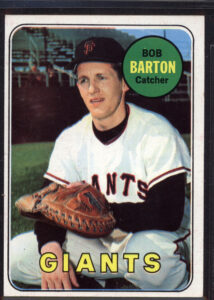
Barton swung and missed the first pitch. On the next offering from Knowles the rookie lofted a fly ball to medium deep center field. Phillies center fielder Tony Gonzalez caught it with momentum coming in towards the infield and uncorked a strong throw to the plate. Davenport slid in just ahead of the throw after tagging up. The sparse crowd of 7,529 roared its approval of the walk-off win. The first teammate to greet the grinning Davenport, who came up covered with dust from his winning dash, was Marichal, who had raced to the plate from the dugout.
Juan needed only 156 pitches to shut down the Phillies. Marichal wasn’t tiring when he asked to be pinch-hit for in the 14th. “I was getting a little tired,” he admitted, “but, I was ready to pitch 2 or 3 more innings.”
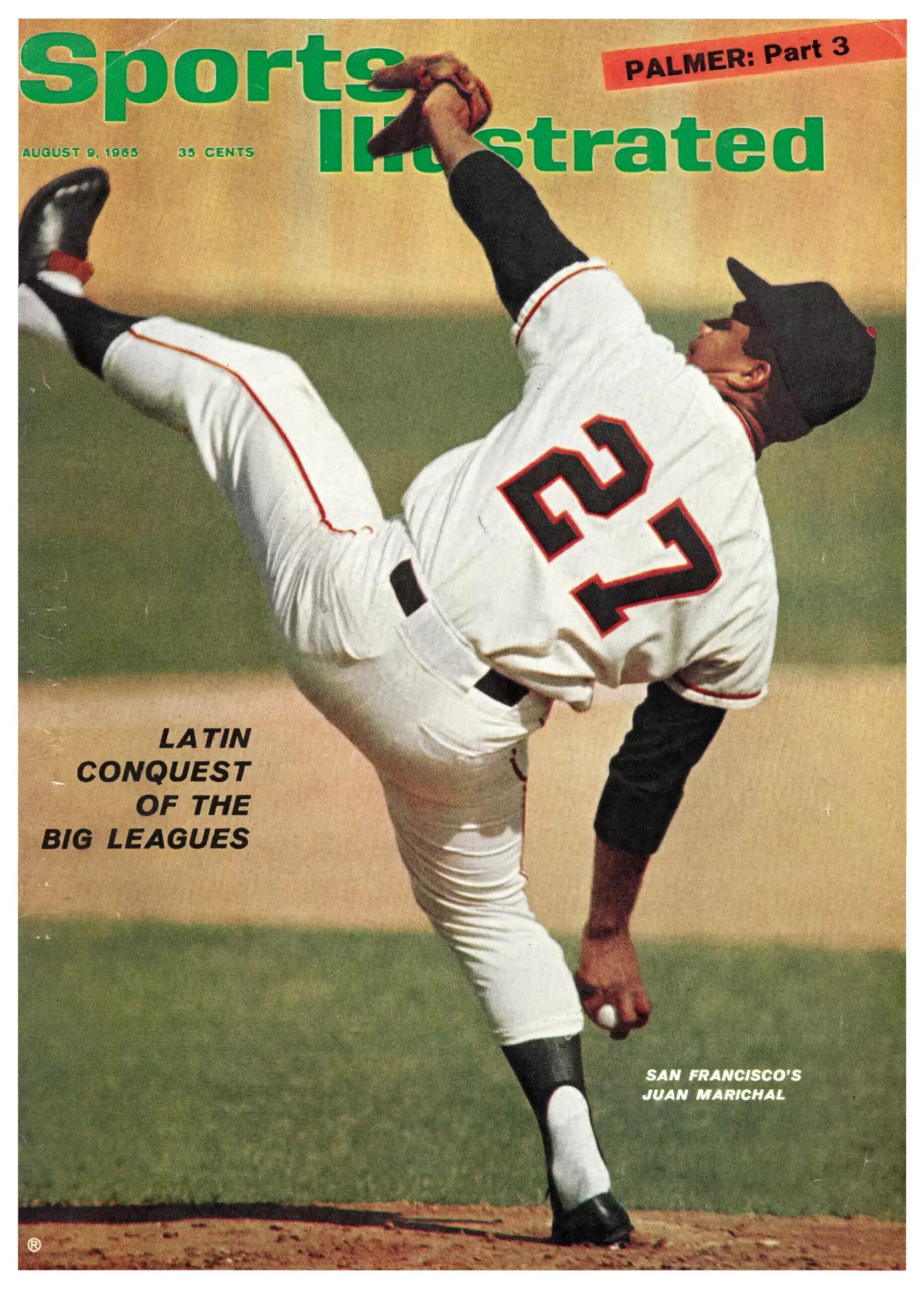
The high-kicking Latin Don Juan offered a theory about his incredible start of the season … he’s smarter. “I used to try to overpower hitters.” he said. “When I got two strikes on a hitter, I’d try to throw the fastball past him and get the strikeout. I don’t try to do that anymore. I just try to get the batters out. I don’t care how I do it.”
In his start following his 14 inning shutout on May 31st, after a whole extra day between starts, Marichal allowed 3 runs for the first time all season. His ERA rose to 0.80 that I used as the basis of this article. But, Marichal won his tenth game keeping him undefeated on the season and completed his ninth game. Before yielding a run he’d thrown 30 scoreless innings.

So, next time you read a writer or hear a baseball expert comparing deGrom’s season start to the great pitchers of the 1960’s don’t forget about the winningest pitcher of the 1960’s … the Picasso of the mound, Juan Marichal!

